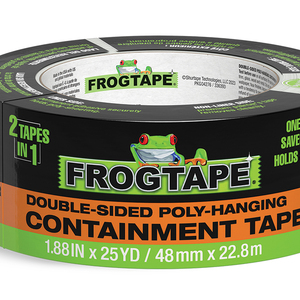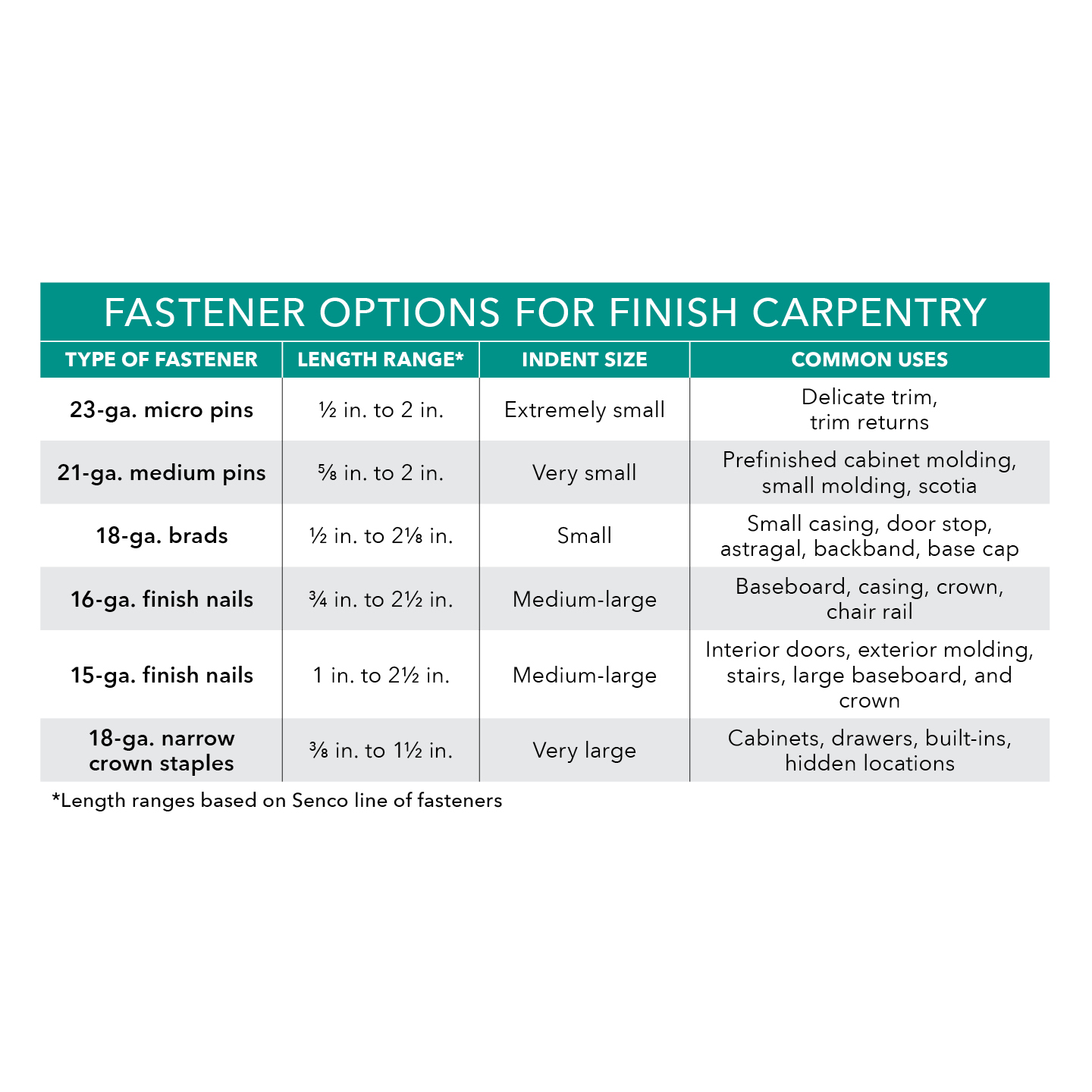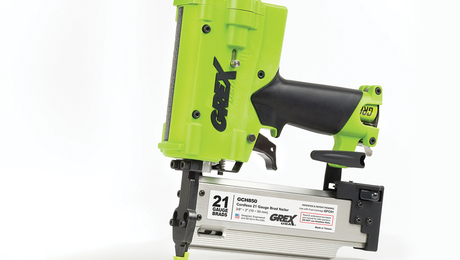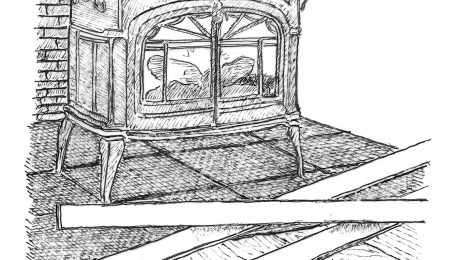
I’ve got a system for filling nail holes that I’ve used for years. It takes a bit of time, but on your best work, it’s worth it. I start with soft, oil-base jar putty (Color Putty, Monroe, Wis. 53566). This putty is very similar to oil-base glazing compound. I get several shades for each job, including some lighter and darker than what I think I’ll be needing. I also get a small can of white, oil-base glazing compound to lighten colors, and some tubes of universal paint tinter (especially raw sienna) to modify the hues. With these materials, I Can make all the shades I’ll need by mixing and matching.
If the work surface is going to be stained, do it first. For best results, it should have one or more coats of clear finish, sanded lightly. Now mix a generous amount of putty to match the average color of your work. Next, mix some to match the lightest and the darkest colors of the wood. These are the base colors, or mediums. Intermixing these three will provide you with a spectrum of shades, all related to the original bases. For a single project, I may use seven or eight shades — different colors for different parts of the grain — and it sometimes takes several tries to get it right. I fill the holes as flush as possible, and then clean around them with mineral spirits.
On some occasions, when the spring and summer growth rings of the wood grain meet, I’ve used two different colors back-to-back in the same hole.
Byron Papa, Shriever, LA




























